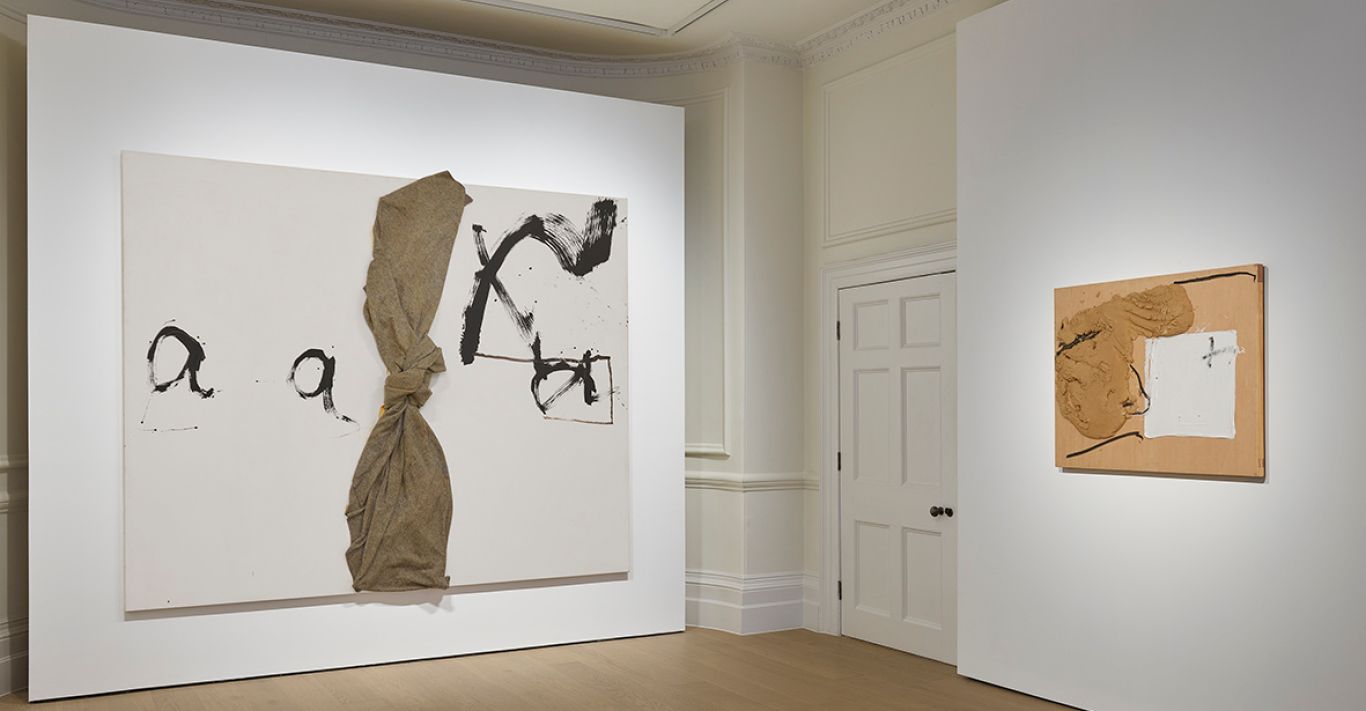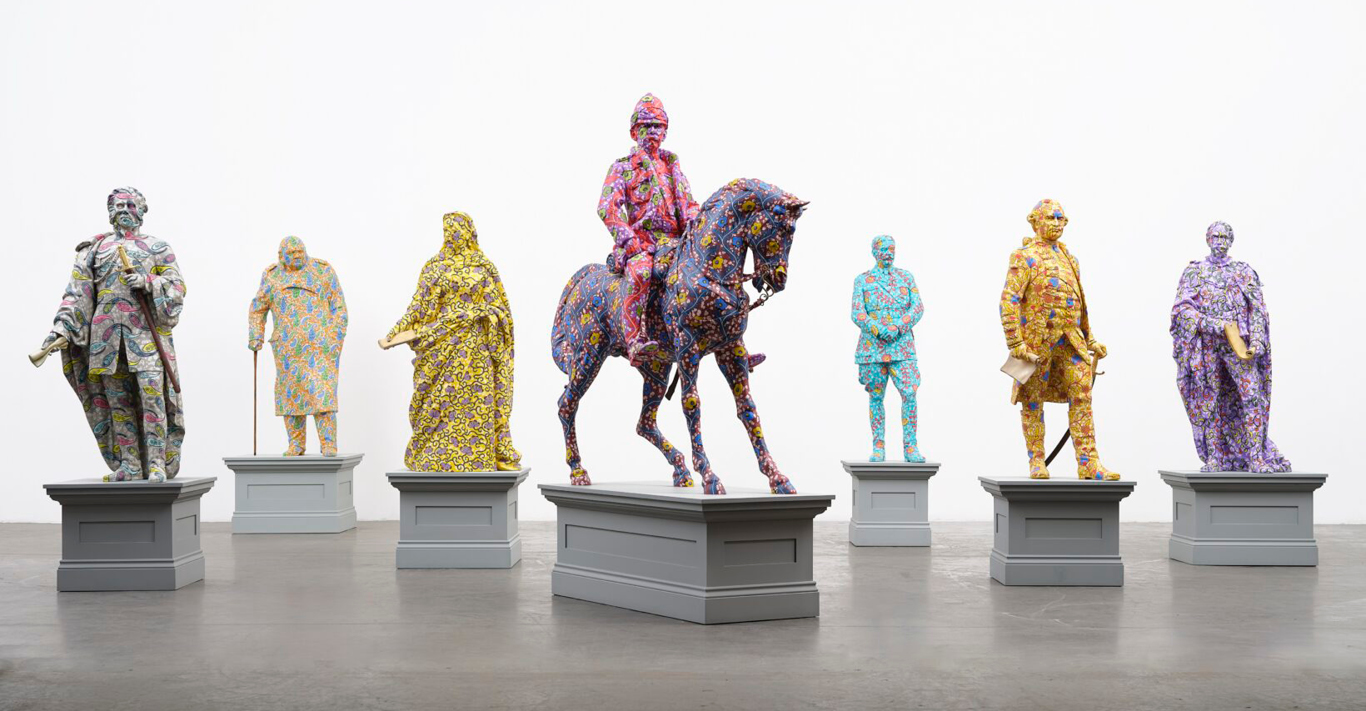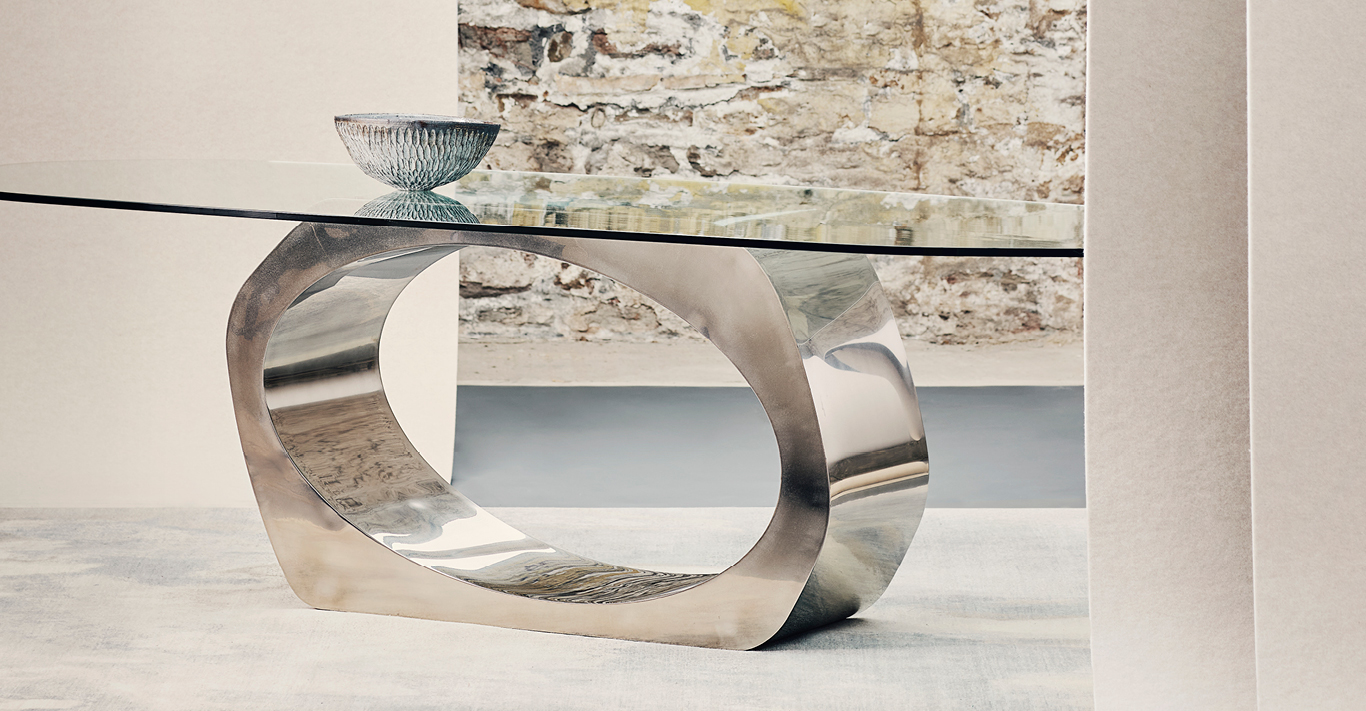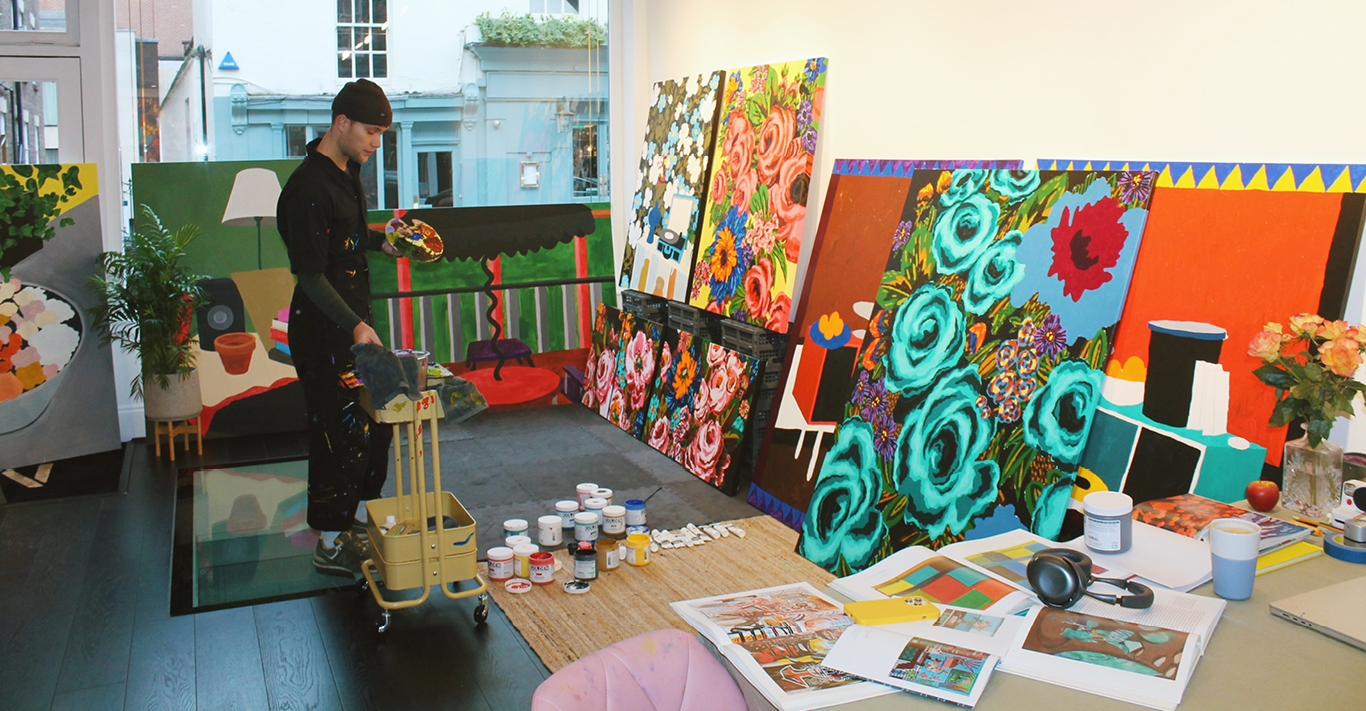WORDS
Scarlet Bailey-Tait
This month, Timothy Taylor is displaying works by Catalan painter, sculptor and art theorist, Antoni Tàpies, who became one of the most prestigious European artists of his generation. The exhibition is curated by Natasha Hébert, the artist’s daughter-in-law and the director of Galeria Toni Tàpies in Barcelona.
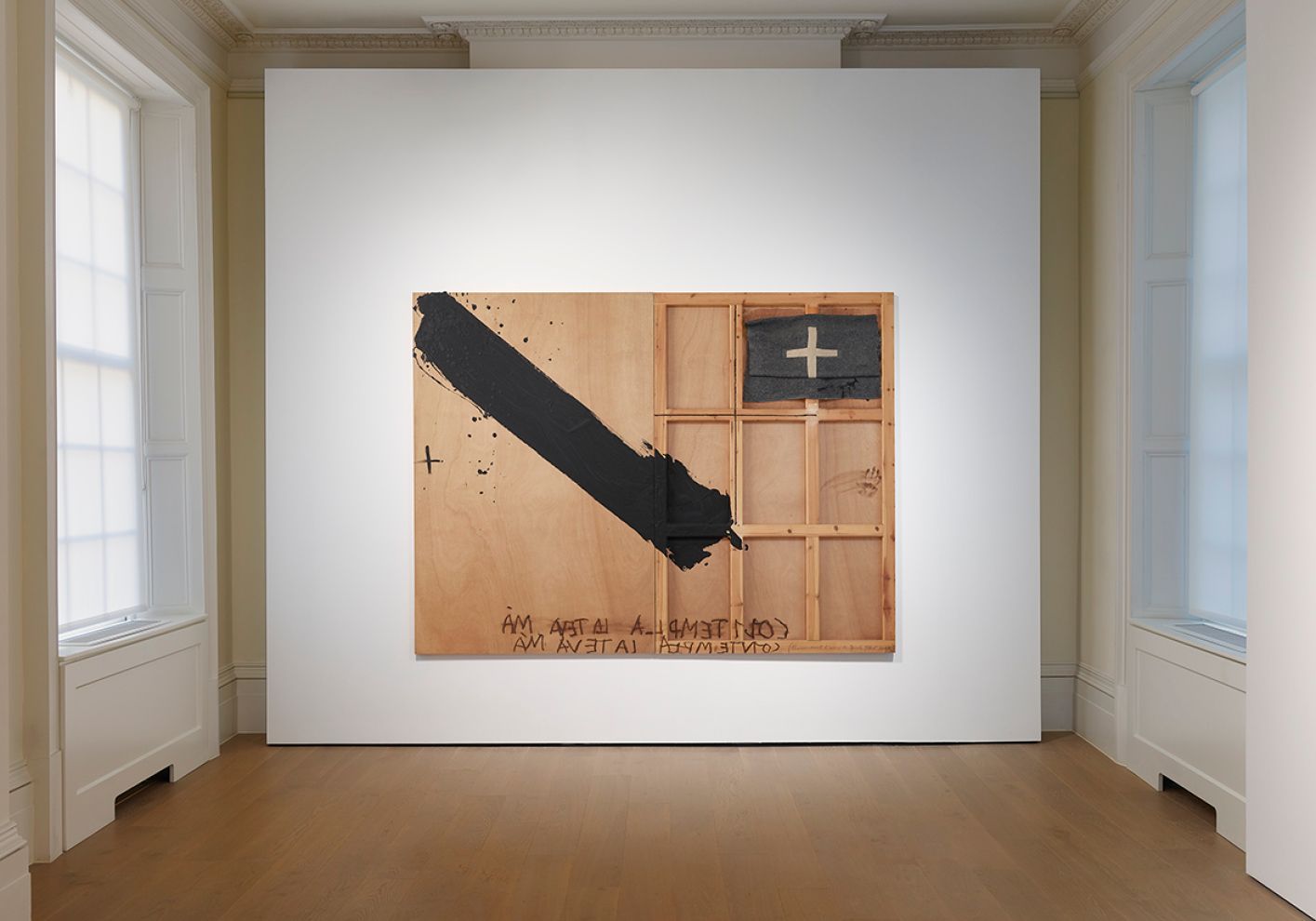
Textured canvases, ragged graffiti and ambiguous symbols presented in this exhibition are strong contributions to post-war Abstraction. This exhibition shows how Tàpies worked in a way that challenged academic standards of art. He used materials that dried very quickly to compel him to work spontaneously in order to let his unconscious run free when composing his pieces. Instead of using traditional materials such as oil paint on canvas, he ventured beyond convention, using a wide range of materials such as sand, rags, mud, wood and wire, challenging the values of the commercialised contemporary gallery system and prefiguring the Arte povera movement. Materials such as mud and sand not only refer to knowledge erased by history but also his passionate solidarity with the working class. Ona-Mar (2006), an etched silkscreen, resembles a newspaper with codes on it, conveying a world of hidden protest of the Catalan people and their repression under Franco.
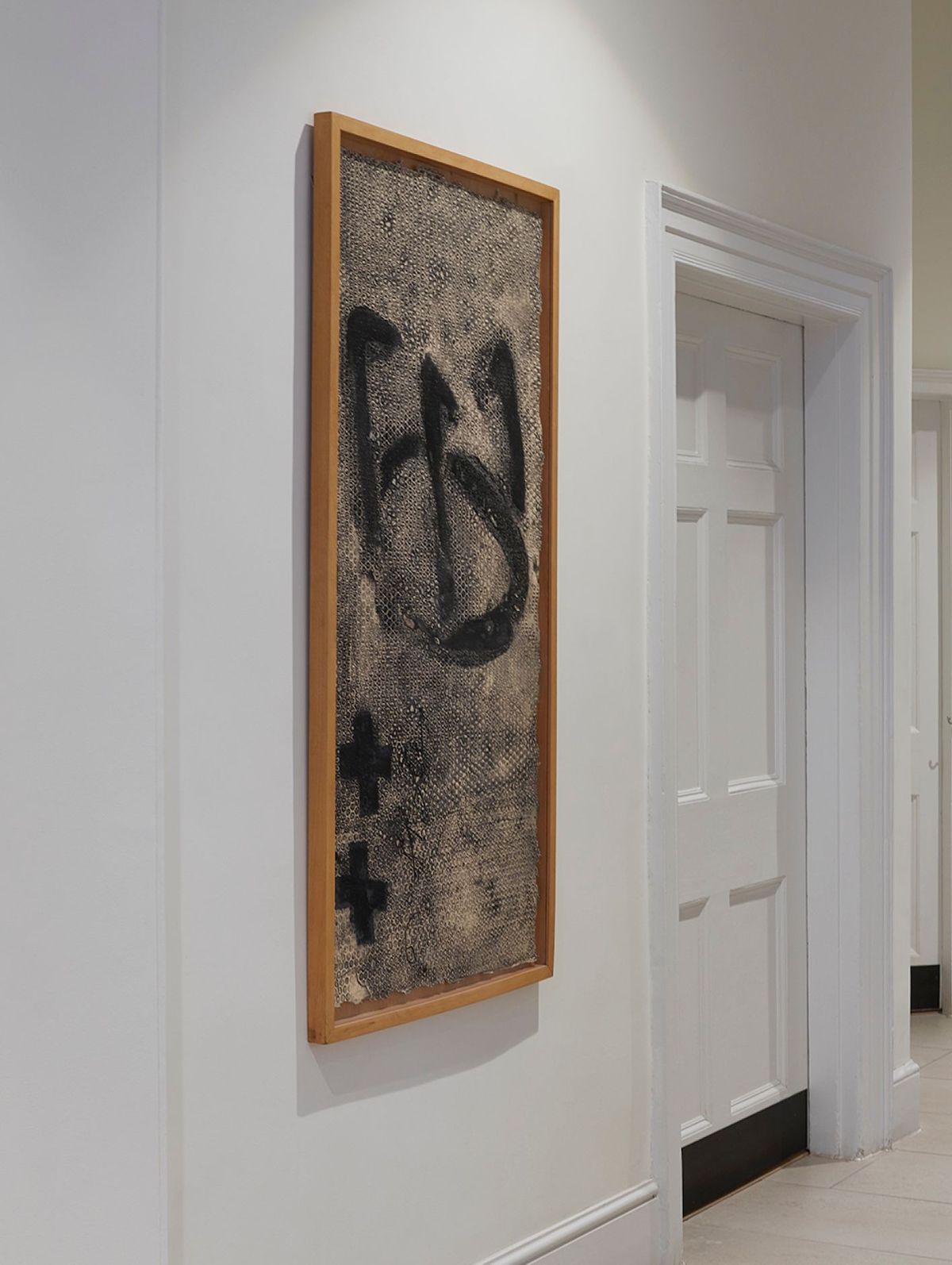
‘At the heart of my painting is a meditation on human nature, on what it is and why it is,’ Tàpies once explained. His exploration of the themes spiritual decay, rebirth and the eternal are influenced by his interest in Eastern philosophy and Buddhism. His works are still very relevant, speaking poignantly to our own uneasy present in a time of splintered global order, and he remains very influential on artists such as Jannis Kounellis, Anselm Kiefer and Julian Schnabel whose works try to express the spiritual emptiness of the post-war period. Tàpies also avoids primary colours and opts for a more muted palette – one to match the philosophical and interior world.
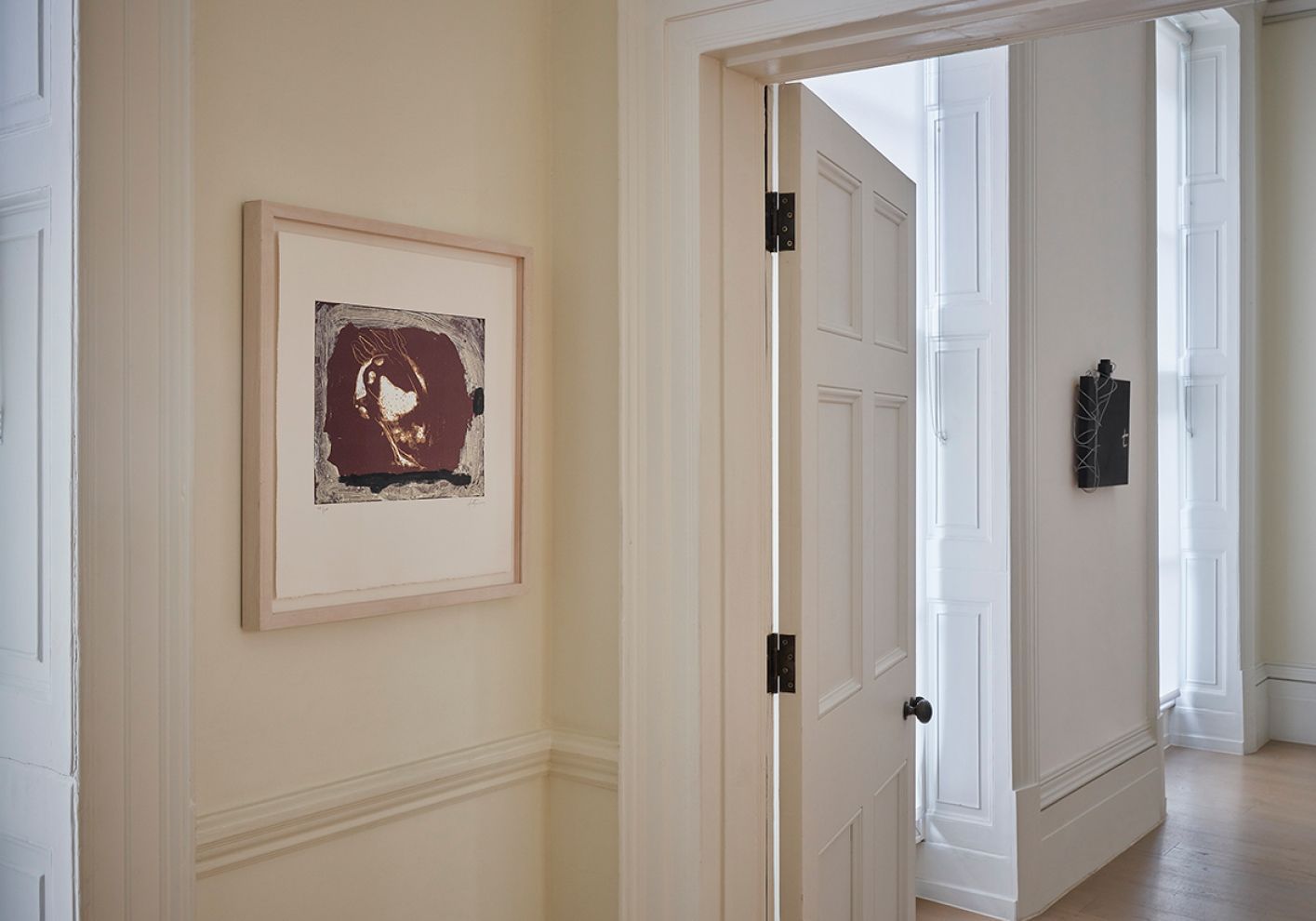
Even though his works reflect sorrow as an integral part of our lives, which is a commonly held belief in Buddhism, he also said, ‘I would like there to be a message of hope (in his art), one that says that there are solutions to all sorrows’.
The Antoni Tàpies exhibition runs until 4 March 2023 at Timothy Taylor Gallery, London; timothytaylor.com


